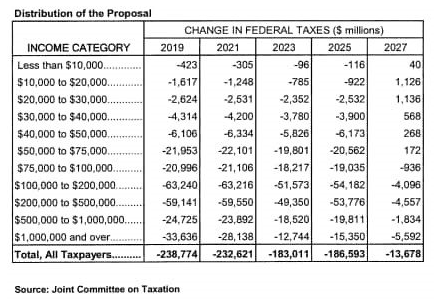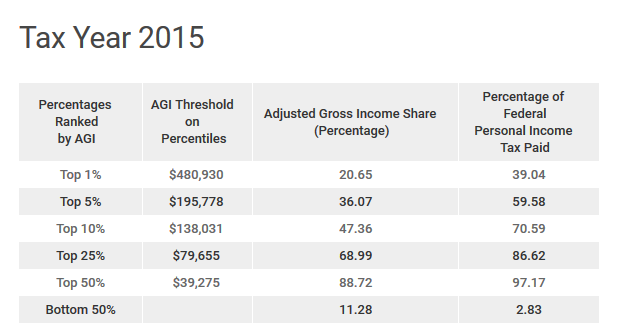Recently I heard that despite Republican efforts to end ObamaCare and their successful effort to repeal the individual ObamaCare mandate, the number of people enrolling in ObamaCare was increasing. The Democrats were using that statistic as a talking point, saying that it was proof that the American people supported ObamaCare. Well, not so fast.
On Thursday, The Daily Signal posted a fact check on the idea that more people signed up for ObamaCare for 2018 than previously.
The article reports:
The total number of sign-ups on HealthCare.gov during the 2018 open enrollment period is lower than previous years, although the pace of sign-ups was faster.
About 8.8 million people signed up for 2018 health coverage on HealthCare.gov during this year’s open enrollment period ending Dec. 15, compared to 9.2 million sign-ups for 2017 coverage and 9.6 million for 2016 coverage.
HealthCare.gov provides Affordable Care Act individual health plans in 39 states. The remaining 11 states and the District of Columbia run state health exchanges, and may have later deadlines to sign up than the federal deadline. Total enrollment for Obamacare plans won’t be known until all exchanges are accounted for, but enrollment on state exchanges also lags behind previous years.
The New York Times claimed the 8.8 million number is surprising since President Donald Trump’s administration cut HealthCare.gov’s advertising budget by 90 percent and shortened the enrollment period to around 45 days, half the length as the 2017 enrollment period.
…The bulk of HealthCare.gov sign-ups were consumers renewing coverage, with 2.4 million new consumers for 2018 compared to 3 million new consumers for 2017 and 4 million new consumers for 2016.
Premiums for health plans offered on HealthCare.gov skyrocketed for 2018, due in part to the Trump administration eliminating cost-sharing payments to insurance companies. Premiums for the second-cheapest silver plan increased 37 percent from an average of $300 per month to $411 per month. Low-income Americans will get larger subsidies because of the price increase.
It is amazing to me that the government can force Americans to buy anything. It is also amazing to me that the price of health insurance under ObamaCare has skyrocketed and that tax dollars are being used to shore up the plan–subsidizing low-income Americans. What happens to average-income Americans when their insurance rates skyrocket? Hopefully with the repeal of the individual mandate, ObamaCare will die by the end of the year.











